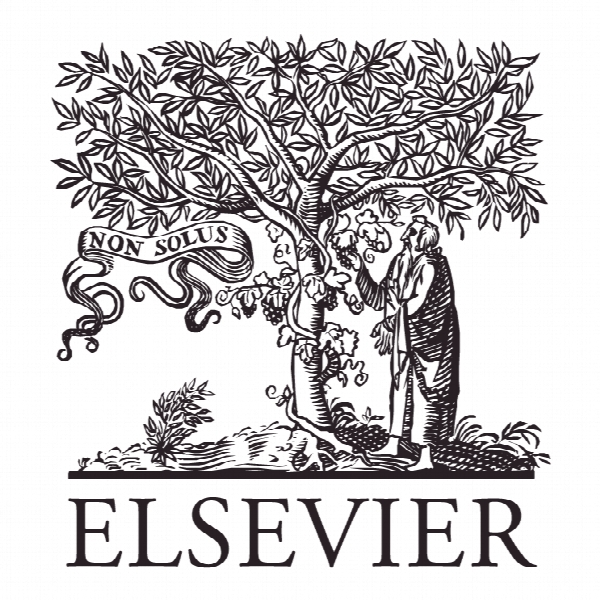شبکه های فناوری و روند توسعه دانشگاه های صنعتی دارای حق امتیاز انحصاری مشترک The technology networks and development trends of university-industry collaborative patents
- نوع فایل : کتاب
- زبان : انگلیسی
- ناشر : Elsevier
- چاپ و سال / کشور: 2017
توضیحات
رشته های مرتبط مدیریت
مجله پیش بینی فنی و تغییر اجتماعی – Technological Forecasting & Social Change
کلمات کلیدی همکاری و صنعت، شبکه حق امتیاز انحصاری، تجزیه و تحلیل شبکه، فن آوری کلیدی
نشریه نشریه الزویر
مجله پیش بینی فنی و تغییر اجتماعی – Technological Forecasting & Social Change
کلمات کلیدی همکاری و صنعت، شبکه حق امتیاز انحصاری، تجزیه و تحلیل شبکه، فن آوری کلیدی
نشریه نشریه الزویر
Description
1. Introduction Recent studies have indicated that a country’s university-industry research and development collaboration benefits its national innovation capacity and economic growth (Schofield, 2013; Temel and Glassman, 2013). Through university-industry collaboration (UIC), university researchers are able to gain research funding while offering their views and skills to companies. Firms can utilize and internalize these views and skills to promote scientific advancement and product innovation (Link and Scott, 2005; Veugelers and Cassiman, 2005). Since the passing of the Bayh-Cole Act in the United States in 1980, which changed previous policies that obligated inventors to assign inventions produced through federal funding over to the federal government, university patent applications and efforts to gain industrial support have increased exponentially (Baldini, 2009; Feller and Feldman, 2010; Tantiyaswasdikul, 2012). Thereafter, methods to promote UIC and the application and expansion of relevant research outcomes gradually attracted global attention (Bodas Freitas et al., 2013; Rasmussen and Sørheim, 2012). UIC research has gained considerable attraction in recent years, where progress can be observed in three primary directions. The first group of studies is based on the triple helix model and relevant theories, and advocates increased association between universities, government departments, and private businesses (Etzkowitz, 2003). These studies further investigate the mechanisms and motives for promoting UIC (Rasmussen and Sørheim, 2012; Schofield, 2013; Temel and Glassman, 2013). The next group of studies is prompted by the increasingly important function of universities in the creation of new systems. They primarily investigate the patterns of UIC (Ngar-yin Mah and Hills, 2014; Powers and McDougall, 2005; Santoro and Chakrabarti, 2002). The final group of studies focuses on the complementary assets and knowledge of UIC, which create more opportunities for research partners to share knowledge and exchange resources. Therefore, these studies largely assess the output and performance of UIC (Al-Ashaab et al., 2011; Lee et al., 2012; Rigby and Edler, 2005). However, the aforementioned studies failed to elaborate which technology fields are central to UIC, and studies that focus on the technology fields relevant to UIC and the industries that are potentially affected by UIC remain scarce. The present study endeavors to mitigate this research gap by examining emerging UIC technologies based on UIC patents. A two-mode network analysis method is employed to separately analyze the technology fields of UIC patents and the nationalities of assignees. The analysis results are then used to create UIC patent technology networks and highlight the differences in the UIC technology fields in various countries. Data from different time periods are then examined to track the development trends of UIC technologies


